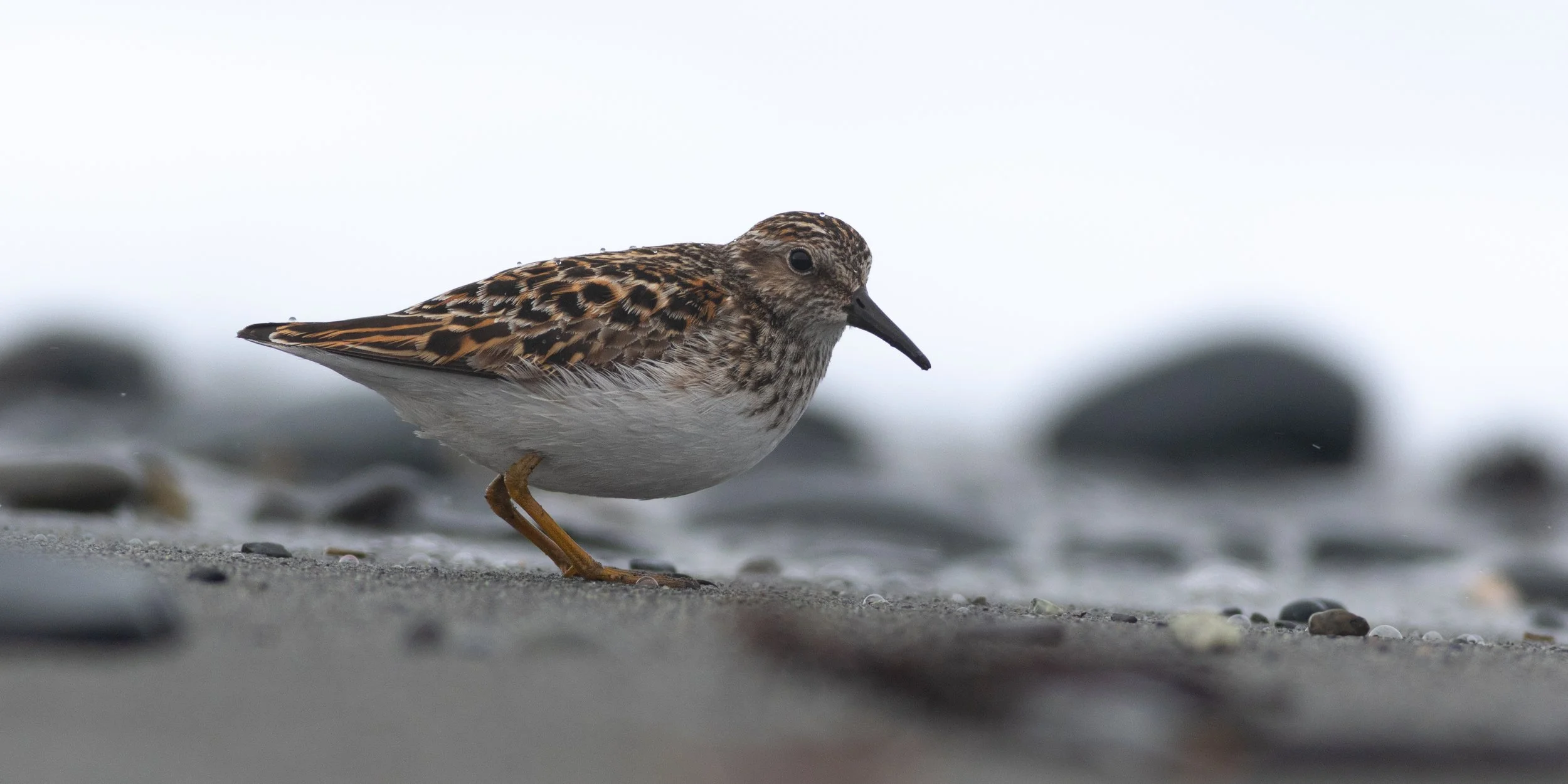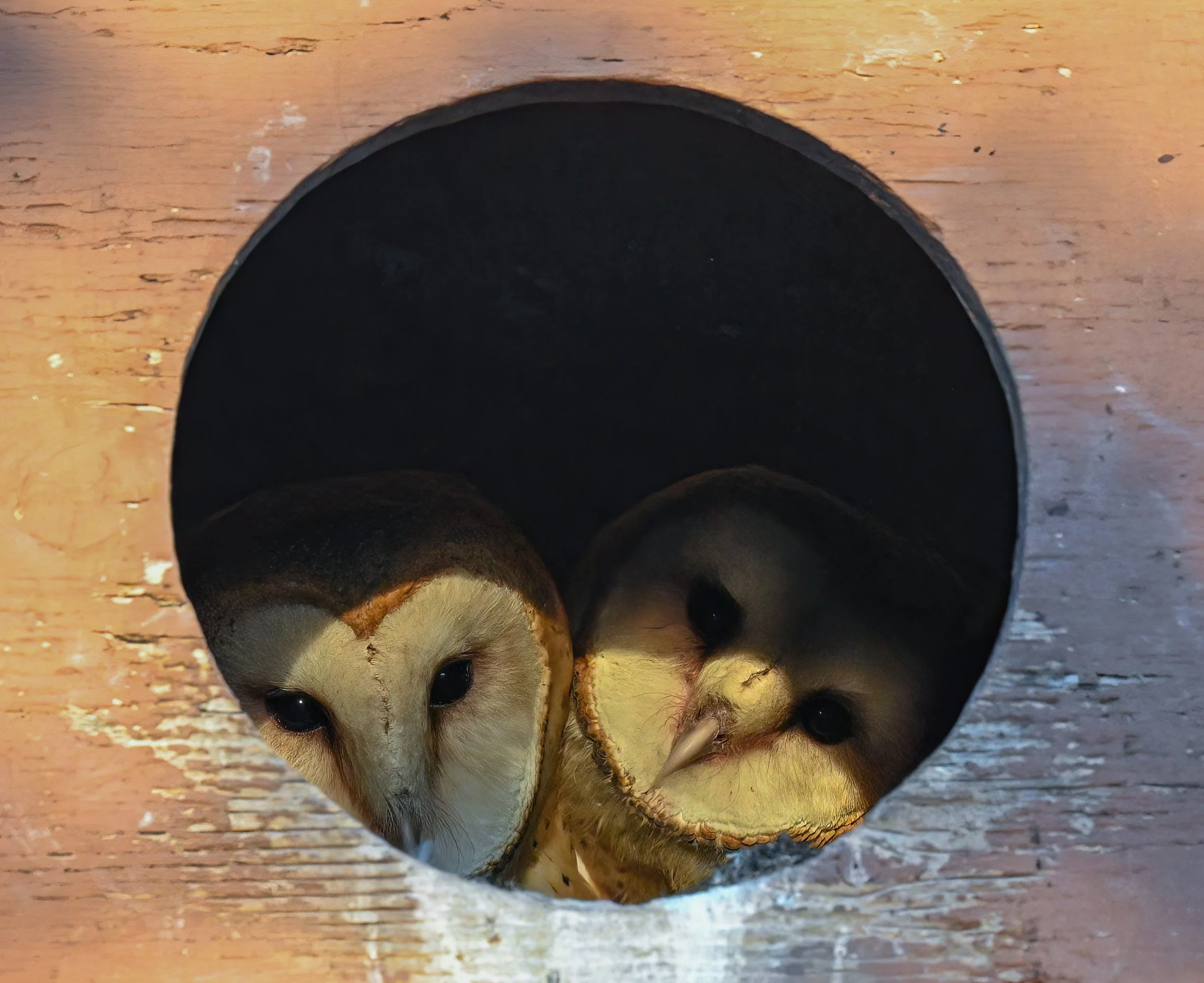Bring Back the Stars: Please Support Palo Alto’s Dark Sky Ordinance!
What is happening
On Monday, December 8th, the Palo Alto City Council will consider adopting a Dark Sky (Outdoor Lighting) Ordinance. This ordinance would reduce light pollution to protect migrating birds, nocturnal wildlife, and human health, while saving energy and restoring our view of the stars. It follows best practices to ensure that light is used when it is needed, where it is needed, and no more than is needed—without compromising safety or commerce.
Why is it important
Artificial light at night disrupts ecosystems at every level, throwing off hormones, sleep cycles, and the timing of natural behaviors. It interferes with bird migration and increases deadly collisions, draws insects to lights where they die in large numbers, and affects human health by disturbing sleep, mood, and hormone regulation, with links to cardiovascular disease and cancer. Excessive glare can even reduce nighttime safety by impairing contrast and vision.
For countless generations, people have looked up at the stars. Today, most children can’t see the Milky Way. It’s time to restore our sense of wonder.
What You Can Do
Email the City Council TODAY
To: City.Council@PaloAlto.gov
Subject: 12/8/25 Agenda Item 15: We need a strong outdoor lighting ordinance
Talking Points (as are relevant to you!):
Say a few words about who you are and why you care.
Share any experience with nuisance light affecting your home or neighborhood.
Ask the Council to adopt a strong ordinance to protect birds, people, and our night sky
Speak at the Council meeting (in person or zoom). A brief 1–2 minute comment can be very effective! We expect this item (#15) to be discussed after 8:30 PM.
Cede your time to our advocates by being present at the meeting (in person or zoom). Please email advocate@scvbirdalliance.org.
All living beings deserve nights free from unnecessary light. Together, we can protect birds, insects, and people - and let the night sky shine again over Palo Alto.





